Written by Angela Bombaci, NPWH Executive Director
Image credit: Ellen Morris Bishop/Wallowa County Chieftain
When the Nez Perce Wallowa Homeland project purchased 320 acres from Norman and Mamie McCrae in the 1990's, the goal was to provide a permanent home to the Tamkaliks Celebration and Friendship Potluck held each July since 1989. Today, that land provides much more than a place to reunite once a year. Improvements to the site include a permanent, circular dance arbor; a traditional longhouse complete with a dirt floor used for walasit and other ceremonies; horse corrals, hiking trails, bathrooms, showers, interpretive signage and a pedestrian bridge over the Wallowa river. The many amenities make the celebration grounds popular with residents of Wallowa, and a much-loved destination for dispersed descendants of the Nez Perce people who have always called this place home.
There are others who call this bit of land home too. From the fox families and nesting birds hidden away on the rocky bluff, to the deer sheltering in the brush along the river, to the marmots, frogs and insects that we hear but don't often see -- wildlife flourishes at the Homeland. Similarly hidden away until spring, when they burst with color, are a bounty of wildflowers and foods. Arrowleaf balsamroot, qaws (biscuitroot), quemes (camas), wild onion and nettles peek out from the rocks and spread across the topmost reaches of Tick Hill. Today, one must earn the opportunity to see many of these plants by hiking the loop trail along the bluff, because much of the land at the valley floor has been filled, leveled and planted with cover crops. But the Nez Perce Wallowa Homeland isn't farming this land. We are returning it to the plants and animals.
Arrowleaf balsomroot and the Wallowa Valley looking southeast from Tick Hill. Image credit: Angela Bombaci
As you read this, a two-acre section of riverside pastureland is being restored to seasonal wetland habitat for fish. The Nez Perce Tribal Fisheries first identified this section of river as a possible restoration site nearly a decade ago. This January, they broke ground. Right now it may look like a big muddy mess, but there is a plan. A complex and very scientific one, that within the confines of the project area allows the Wallowa River to ebb and flow, flood and change course, as it once did along this entire valley bottom. As it turns out, nature loves messes. Log jams, woody debris, deep pools, muddy bogs and seasonal floodplains all provide key habitat for fish, insects, birds and plants like cottonwood, willow, alder, tule reeds, camas and cattails. These animals and plants in turn provide people with food, medicine and materials.
As Indigenous people have long understood, what is good for the earth is good for us. We must take care of this generous and thriving system which we count on for survival. The Nez Perce Wallowa Homeland has pursued this side channel restoration project in order to fortify a small piece of land, a short stretch of river, and thousands upon thousands of fish smolts who may take refuge and grow strong for their journey downstream. Once construction is complete, the land is planted and seeded, and the management plan is in action, we'll watch with wonder as nature does what she does best: heal.
Want to learn more? Click here to read a recently published article about project by the Wallowa County Chieftain.
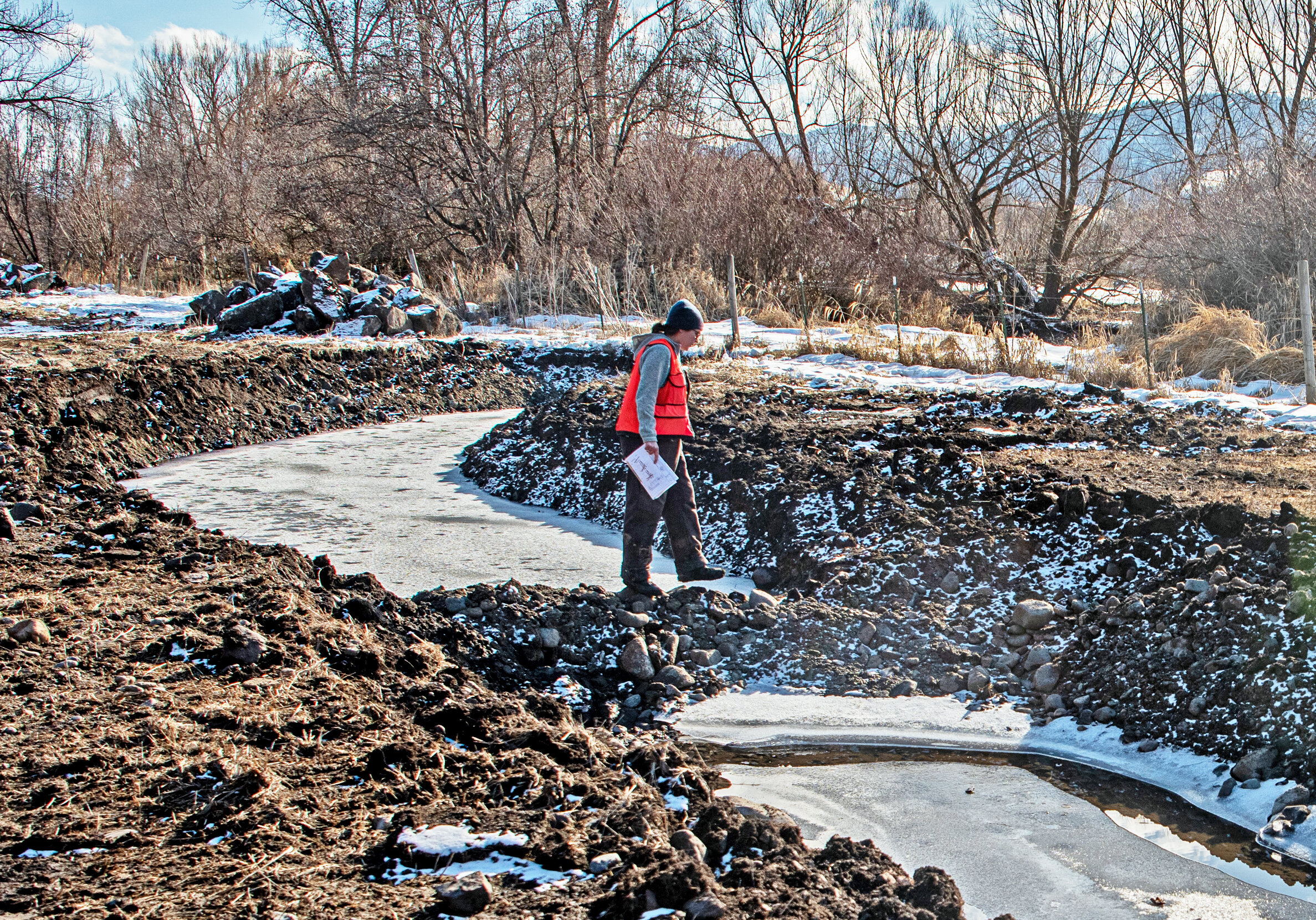
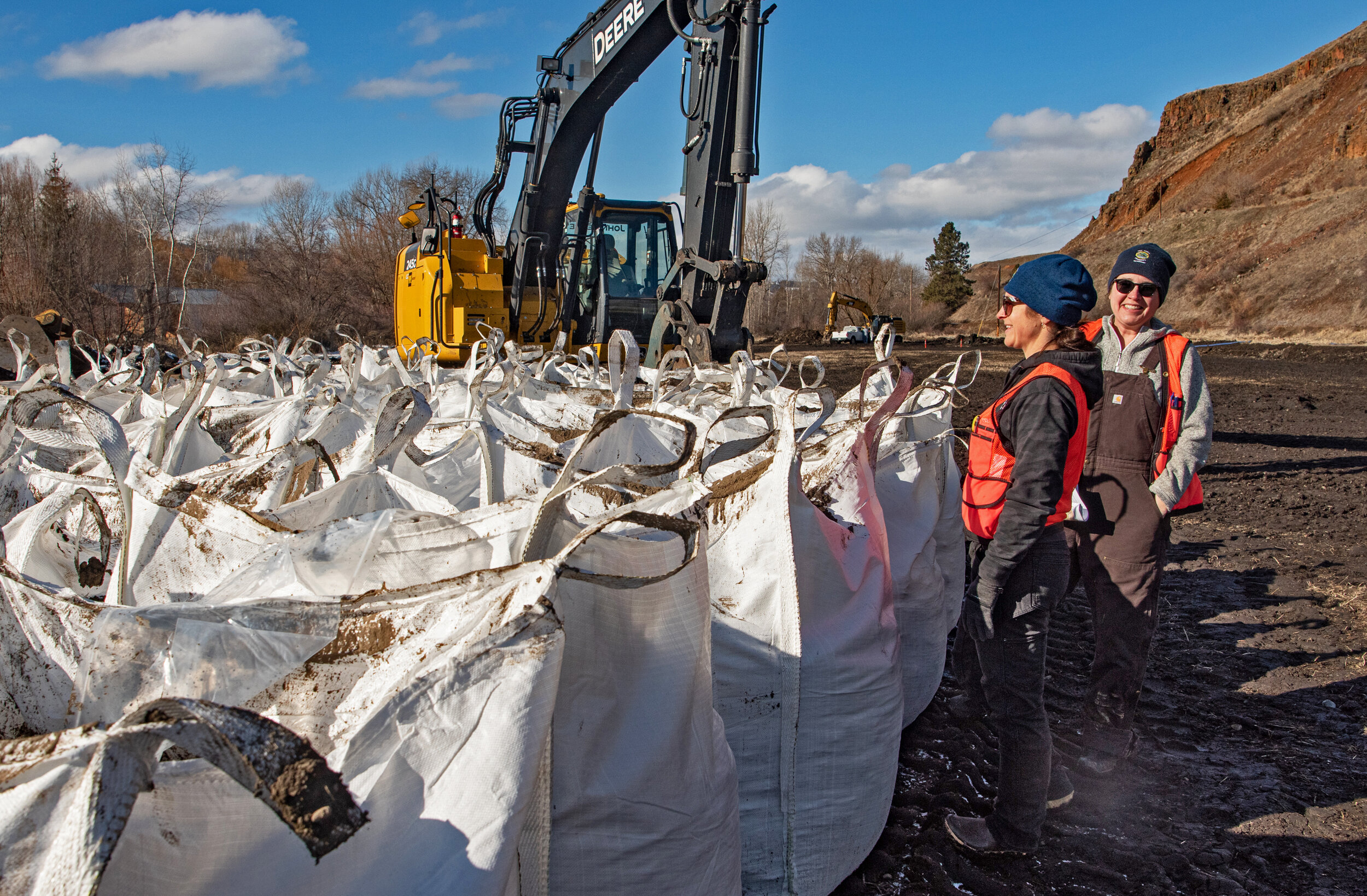
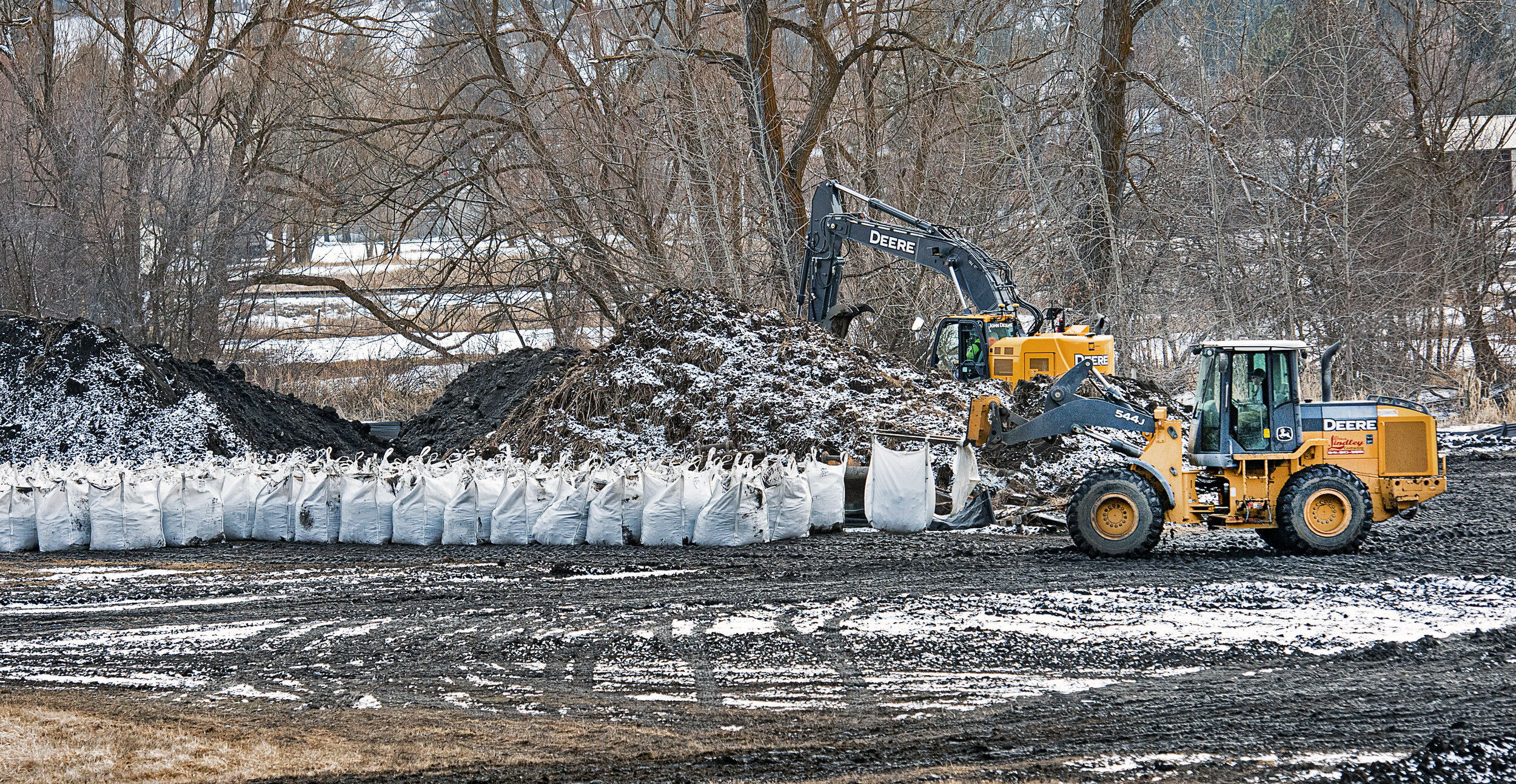
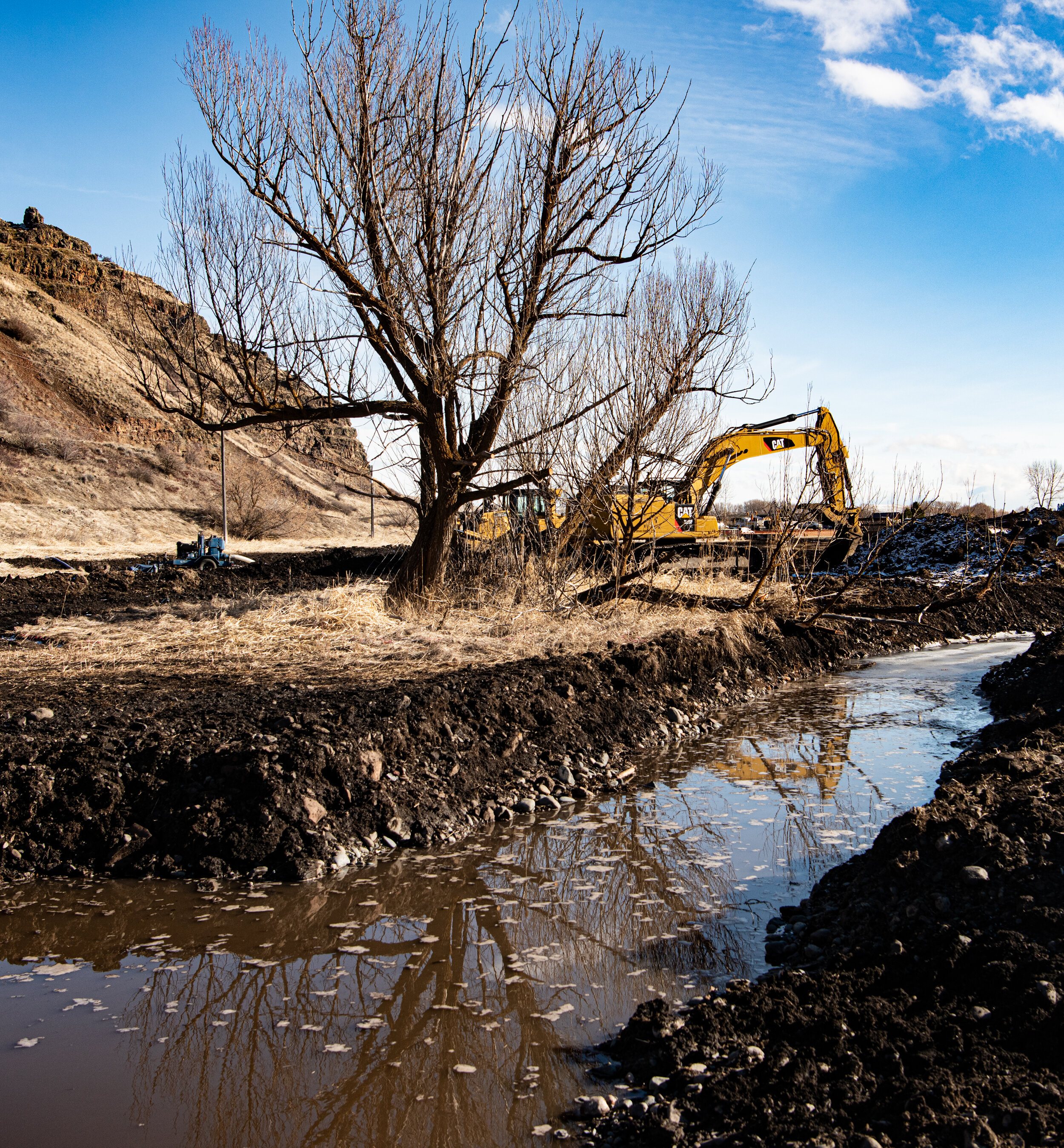
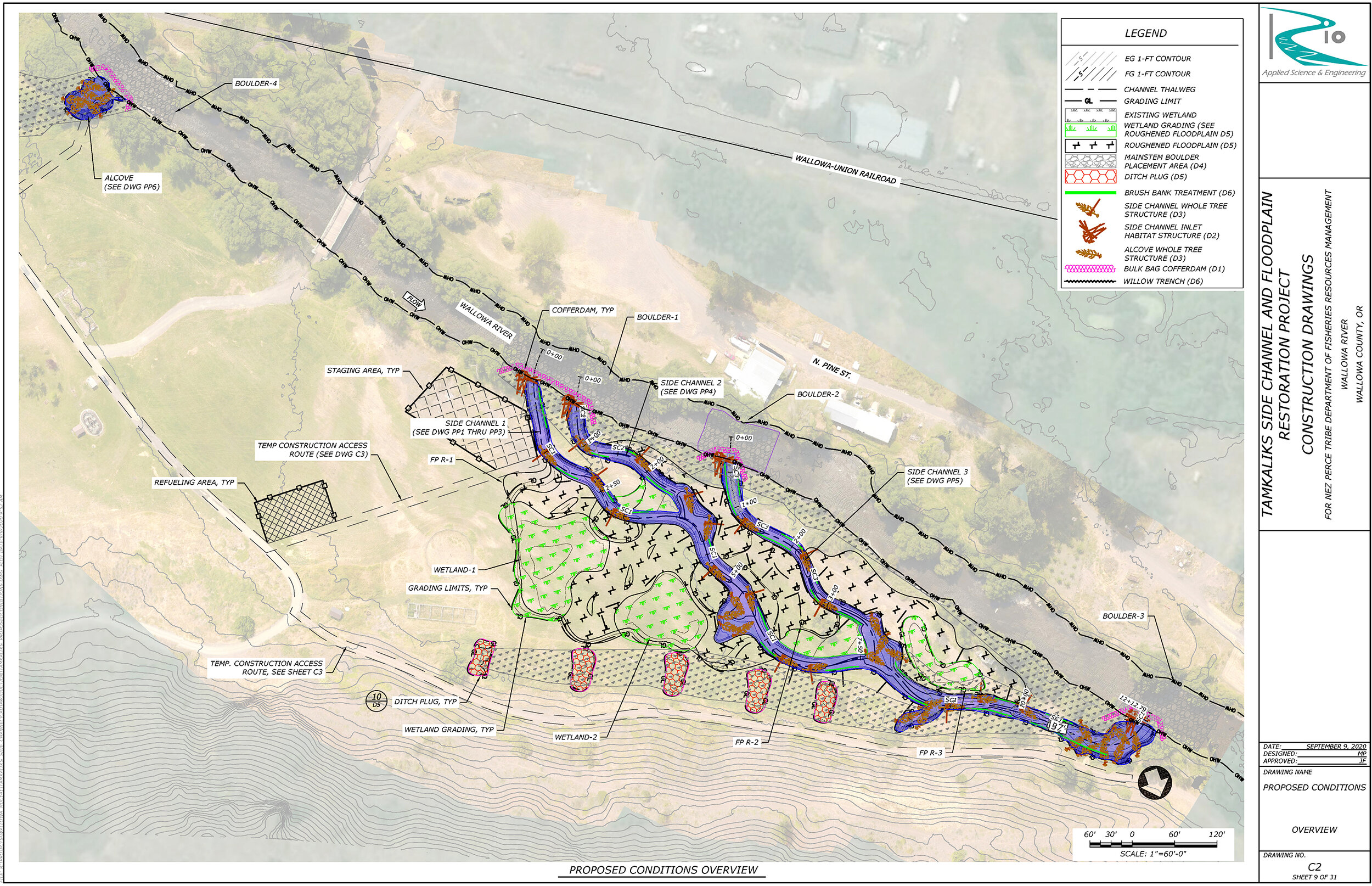
Image credit: Ellen Morris Bishop/Wallowa County Chieftain

